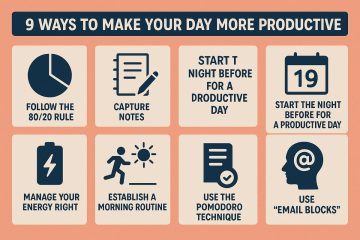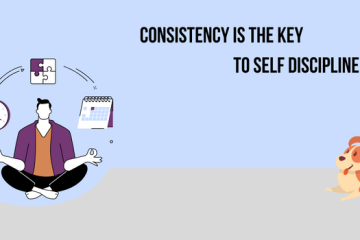You manage many digital tools. You stream content, use apps, and pay for services each month. These costs pile up fast. You need a simple system that helps you see what you pay for, what you use, and what you must cancel. You take control when you track every subscription clearly. Many readers follow guides from Tech Food Trip to stay updated on digital habits, and you can use the same approach to organize your spending.
Review All Active Subscriptions
Start by listing every service you use. Check your email for signup alerts. Look through your phone for app store purchases. Open your online banking to see repeated payments. You need a full list before you take action. This step gives you clarity.
Next, write each subscription with the platform name, renewal date, amount, and purpose. Keep it in one place. You can use a simple spreadsheet or a notes app. Choose a tool that you check often. You stay consistent when your system is easy.
Organize Your List Into Groups
You save time when you group services. Create sections for entertainment, fitness, cloud storage, music, or home tools. You see how much each group costs you monthly. This structure makes your spending clear.
You then mark subscriptions you use daily, weekly, or rarely. You base your choices on your habits, not on the marketing of the service. You avoid paying for unused tools.
Track Renewal Dates
You stay ahead of charges when you track renewal dates. Write the date next to each service. Add reminders on your phone or calendar three to five days before renewal. This gives you time to cancel or downgrade.
Many users face surprise charges because they forget renewal cycles. You avoid this when you set alerts early. The alerts take only a few minutes to set up.
Use Subscription Management Tools
You can also use apps that scan your bank transactions and show all subscriptions in one place. These apps highlight repeated payments and renewal dates. You then review everything in one dashboard.
Some people prefer manual tracking. Others prefer automation. Choose what fits your routine. Many readers follow similar steps guided by the Food Travel Library when they want a simple way to track digital costs.
Check Free Trials Carefully
You need to monitor free trials because they turn into paid plans fast. Write the end date of every trial. Set a phone alert before the trial ends. Cancel early if you do not use the service.
You avoid paying for services you did not plan to use. You also make space for important tools you actually need.
Review Bank Statements Each Month
Your bank statement shows all payments clearly. Open it once a month. Look for charges you do not recognize. Check if an old service still bills you. Cancel if needed.
This step protects your money. Many users forget older signups from past years. You solve this by checking statements regularly.
Set a Monthly Subscription Budget
You control your spending when you give yourself a monthly limit. You set an amount based on your income. You then remove services that go over this limit.
This helps you pick what matters. You keep what adds value. You cancel what does not help your daily life.
Cancel Unused Subscriptions
You improve your budget fast when you cancel what you do not use. Many people keep subscriptions out of habit. You must check your list often and remove what you no longer need.
You reduce stress when you cut extra costs. You also have free money for savings or home needs.
Use a Simple Tracking Template
You can make a basic template with columns for service name, fee, renewal date, and usage level. You update this once a month. You stay consistent when your method stays simple.
A template works for individuals and families. You can share it if others also need to track shared services at home.
Review Your List Every Quarter
You must check your list every three months because your needs change. Your work, interests, and home routine shift over time. Remove services you dropped. Add new ones you started.
This cycle keeps your spending accurate. It also helps you stay aware of what you use daily.
Watch for Price Increases
Many apps raise prices quietly. They usually send notices in email. Check these updates. Compare the new pricing with your usage. If the service costs more than it adds to your life, cancel or switch to a cheaper plan.
Your money stays under your control when you check these updates often.
Switch to Annual Plans When Needed
Some services offer cheaper annual plans. Only switch if you use the service daily. Do not choose annual plans for tools you barely use. You save money only when the service adds steady value.
You make this decision based on your usage record, not on the promise of savings.
Keep the Process Simple
You track subscriptions with a clear process. List services. Mark renewals. Set alerts. Review statements. Cancel what you do not use. This helps you stay organized at home.
You also bring more control to your financial routine. Simple tracking reduces stress. It also gives you more space to plan long term.
Many readers follow plans from Wise Plans to stay organized with home and digital routines. You can use similar steps to manage your subscriptions with clarity.



